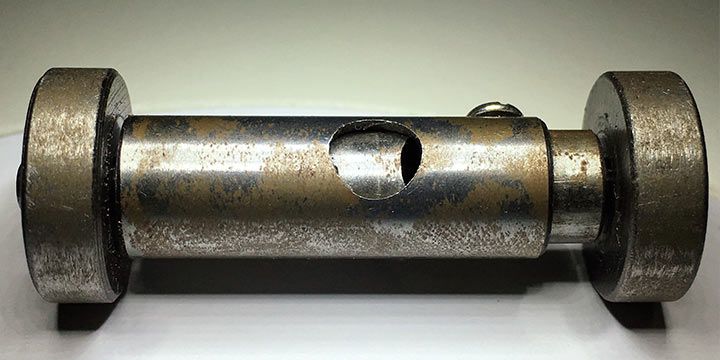Sweating: A Serious Concern for Watchmakers
Sweating is a significant challenge in the profession of watchmaking and must be addressed with care and effective measures.
Sweat is the liquid produced by the sweat glands of mammals, including humans. A person is born with 2 to 4 million sweat glands, which gradually become more active over time.
Sweat cools the body as it evaporates from the skin. Therefore, in hot weather or during physical activity, more sweat is produced.
Additionally, factors like humidity and clothing can influence sweat production. In humid environments, sweat evaporates more slowly, making it harder for the body to cool down.
Sweating can also be linked to certain medical conditions, including:
- Hyperthyroidism
- Anxiety, fear, or stress
- Shock or nervous tension
The Effect of Sweat on Watchmaking Tools & Components
Sweat contains various trace elements, including:
- Copper, ammonia, creatine, salts, urea, manganese, potassium, sodium
When these substances come into direct contact with watch components and tools, they can cause corrosion and oxidation over time - especially when the materials used are not high -quality alloys.
Protective Measures for Watchmakers
To prevent sweat-related damage to watch components and tools, the following precautions are recommended:
- Workplace Conditions
- Maintain a room temperature of max. 25°C
- Keep humidity levels below 60%
- Personal Hygiene & Clothing
- Wear light cotton clothing to minimize sweating
- Use disposable finger covers for added protection
- Wash hands regularly with pH-neutral soap
- Dry hands thoroughly with an absorbent towel
- Tool & Equipment Care
- Regularly inspect and maintain metal watchmaking tools
- Use special lubricants and anti-corrosion treatments Invest in high-quality metal tools to resist oxidation
- Handling Watch Parts & Batteries
- Avoid touching metal components with bare fingers
- Use plastic tweezers when replacing or measuring batteries
- By following these measures, a watchmaker can extend the lifespan of their tools, protect delicate watch mechanisms, and maintain high precision and quality in their work

